Preparing for a year of eating local food: reinventing the peanut butter and jelly sandwich (and other non-essential foods we think we can’t live without)
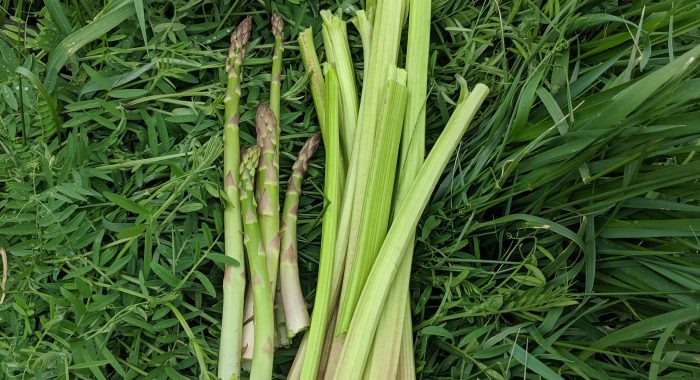
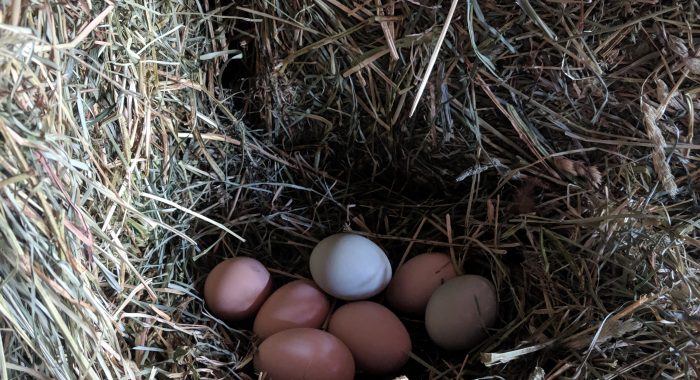
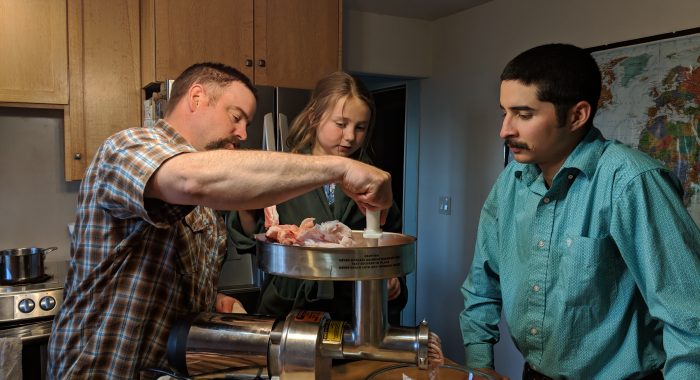
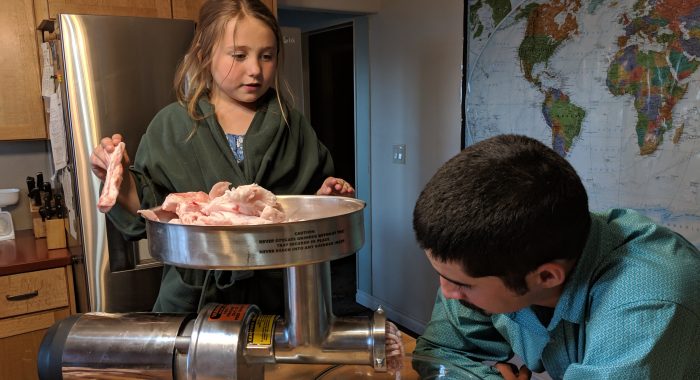
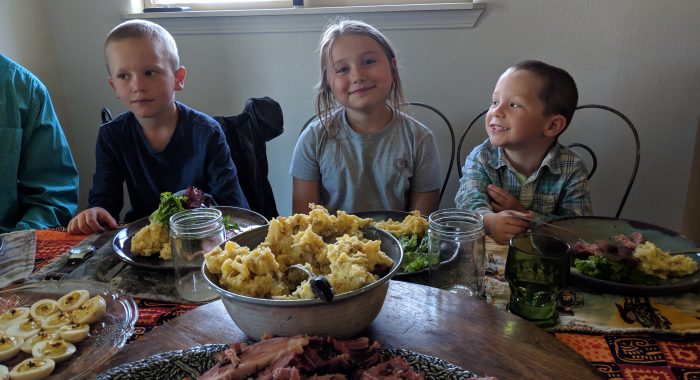
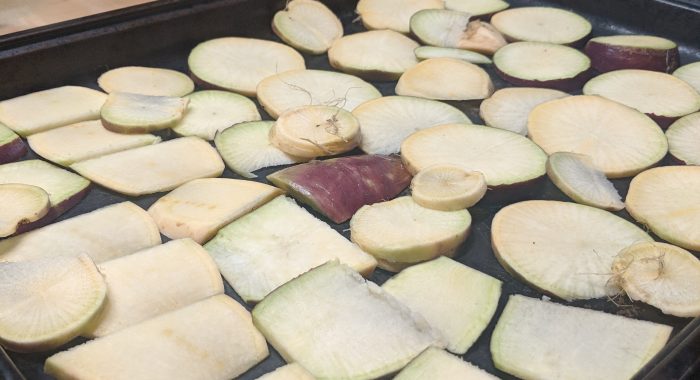

By Abbey Smith
In one month exactly, my family and I will be committed to our bullseye diet-- one year of eating local food. A majority of our food will come from the 1800 acres near Fort Bidwell, California that we call home. Surprise Valley will provide what we cannot grow, the northern California/Nevada/Oregon region will supply supplementary goods we do not produce in our valley, and less than 5 percent of our diet will come from beyond our general region.
This sounds daunting, but when I feel the weight the challenge, I think of Robb Wolf. Robb is a friend of ours and founder of the paleo diet movement that is now global. He wrote that a lot of us eat paleo, we just don’t realize it. Ever had just eggs and bacon for breakfast? How about veggies and a steak for dinner? You are already there.
Since we decided to commit to one year of eating local food, I’ve noticed how much we already eat that is local. Our chickens lay eggs, our cattle provide beef, offal and bones, our neighbors produce pork and lard, veggies, milk. We make our own kombucha (and will experiment with Jun, as we will have honey bees living on our ranch this summer, and access to as much honey as we want), ferment our own veggies from our homestead-sized garden. When I do this quick inventory, I go from feeling afraid, to thinking “wow, we are going to eat well this coming year!”
Here’s a few links to foundational nutrient-dense, local food recipes we already use regularly:
- How to make elderberry juice and syrup
- How to render lard and make pork skins
- How to make bone broth
- How to make sauerkraut
- How to ferment veggies
- How to make kombucha
When I was making my daughter’s school lunch yesterday, the question dawned on me: what is going to replace her favorite lunch when we are fully eating local food: peanut butter and jelly on gluten-free bread? I sat with the question for a bit and knew we could come up with a creative solution. Here’s my thought process:
- Ok. Don’t panic. We already have the jelly/jam that we produce from wild fruit growing on our ranch. Her favorite is “zim zam jam.” This is her name for elderberry jelly.
- Cream cheese! She loves this as much as peanut butter. Ok. We can figure out how to make it with the abundant raw milk provided by our neighbors. We could also buy almonds, walnuts or pecans from Be Love Farm, and almonds from Burroughs Family Farms and make our own nut butter. One of our rules for this year is that if we purchase products from farmers and ranchers outside our valley, they must share our regenerative farming values.
- Gluten free bread. Ok, ok. Tough one. Think. Think. Think. Google! Here’s a possibility! Something called cloud bread with just three ingredients. We can make our own mayo with olive oil from our friend and regenerative farmer at Soul Food Farm, and we have eggs and baking soda. What if she doesn’t like it? Well, she can surely live without a pb&j sandwich. We can occasionally order bread from Grindstone Bakery (free shipping!) in Sonoma, Calif. which is in our region and sources product in a way that aligns with our soil-loving values. Our daughter loves to cook! She can invent a quick bread or type of flatbread for sandwiches using potatoes, wild rice, squash or other starches that grow in our valley and county. Stay tuned. I’m sure there will be a post about Maezy’s attempts to make a local sandwich bread substitute.
For somethings though, we will need to find replacements, accept as part of the small percentage of food we source non-locally, or go without.
Here is a sample table of replacements. Notice that all are carb-based and non-essential. We would all survive, and probably flourish, without them, but with a little creativity we can continue to enjoy our favorite meals.
SWAP THIS WITH THAT
| Store-bought gluten free bread | Homemade cloud bread or an invented flatbread using local starches |
| Peanut butter | Homemade cream cheese, nut butter from regional pecans, almonds or walnuts |
| Pancakes using store-bought alternative flours from other countries | These pancakes made with cracklins and eggs. Or, these with sweet (or regular) potatoes and eggs |
| Sugar | Local honey |
| Pasta | Potatoes or squash |
| White or brown rice | Modoc County grown wild rice |
| Tortilla chips | Homemade potato or veggie chips |